Fermentation, Free Full-Text
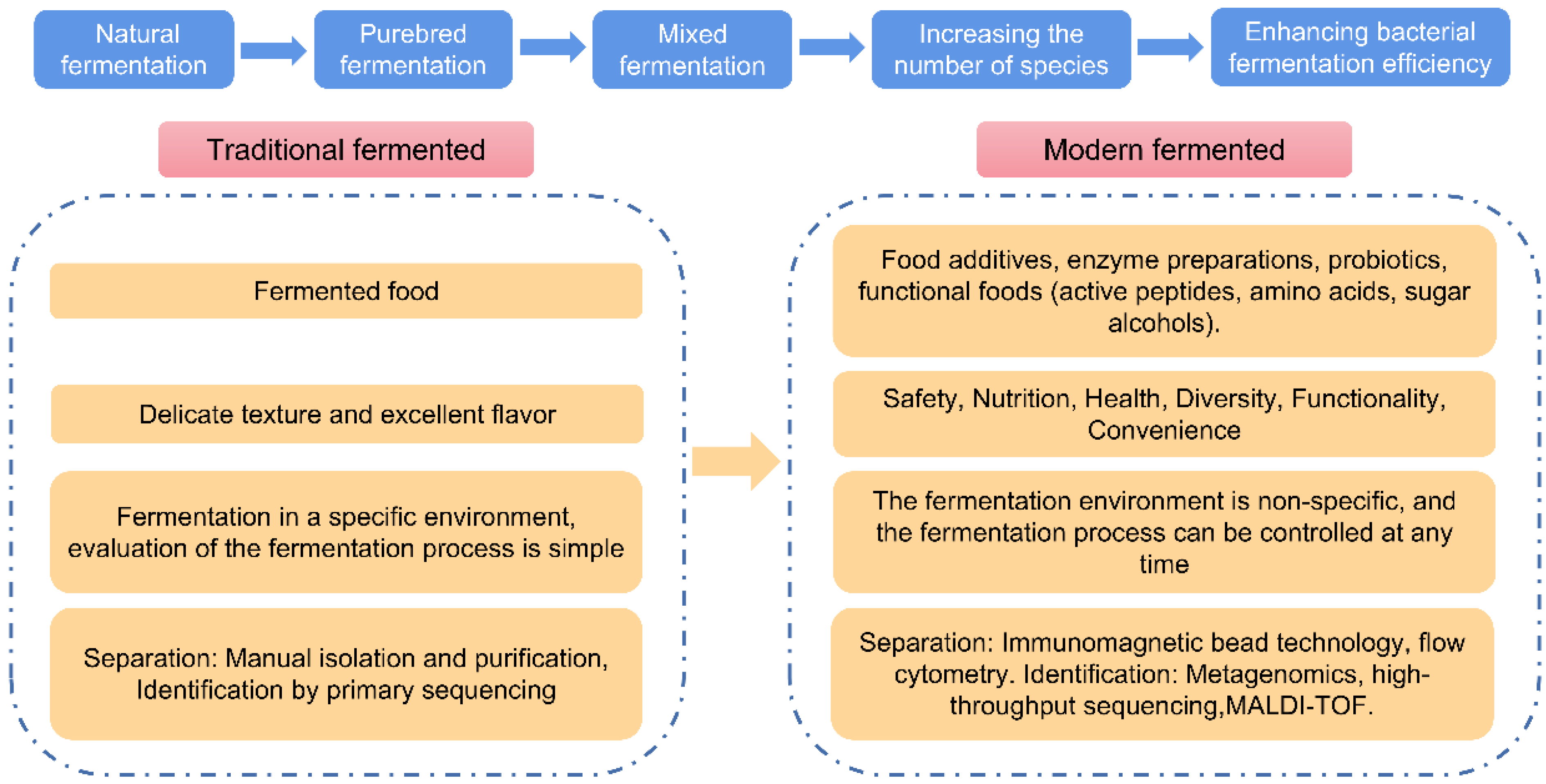
Fermentation technology has a long history and low-temperature fermentation has now become the focus of research. This paper reviews the mechanism and application of low-temperature fermentation and the optimization of relevant strains. Low-temperature fermentation leads to a differential expression of growth in metabolism genes (PSD1, OPI3, ERG3, LCB3 and NTH1). Low-temperature fermentation can be applied to foods and has various advantages, such as increasing changes in volatile flavor compounds and other corresponding metabolic substances of the strain, and inhibited growth of spurious bacteria. The focus of low-temperature fermentation in the long run lies in strain optimization, which is to protect and optimize the strains through a variety of methods. Low-temperature fermentation can greatly improve product quality. At present, the most effective methods to promote low-temperature fermentation are gene knockout and probiotic microencapsulation.

Yeast Fermentation Overview, Types & Product - Video & Lesson

The Fermentation Process Explained - Sensorex Liquid Analysis
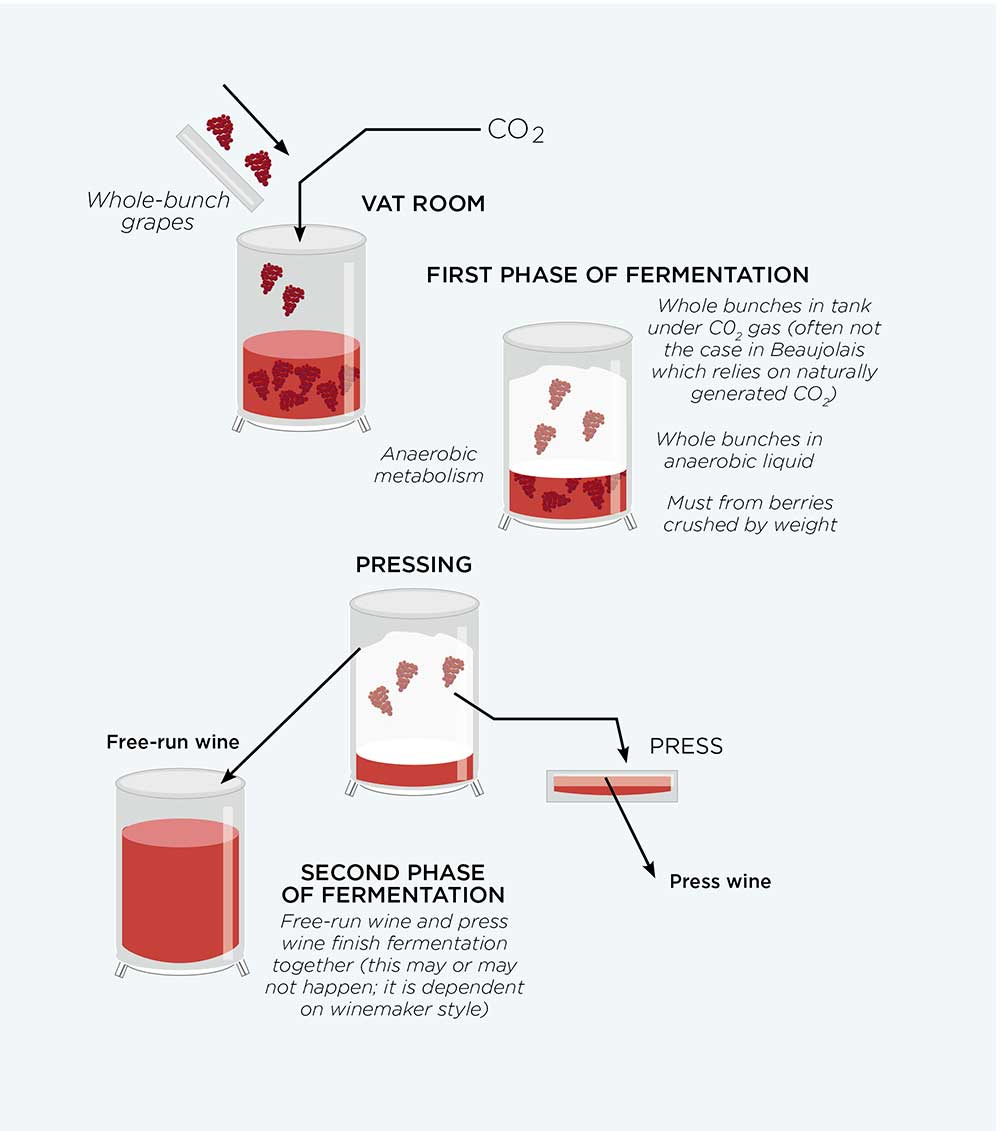
Winemaking Pop Quiz: Carbonic Maceration - Briscoe Bites

Extracellular electron transfer increases fermentation in lactic
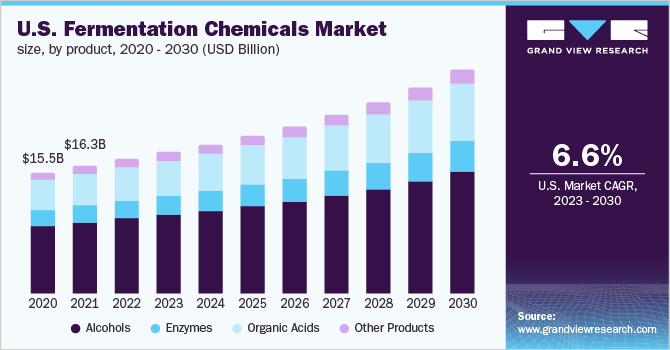
Global Fermentation Chemicals Market Size Report, 2030
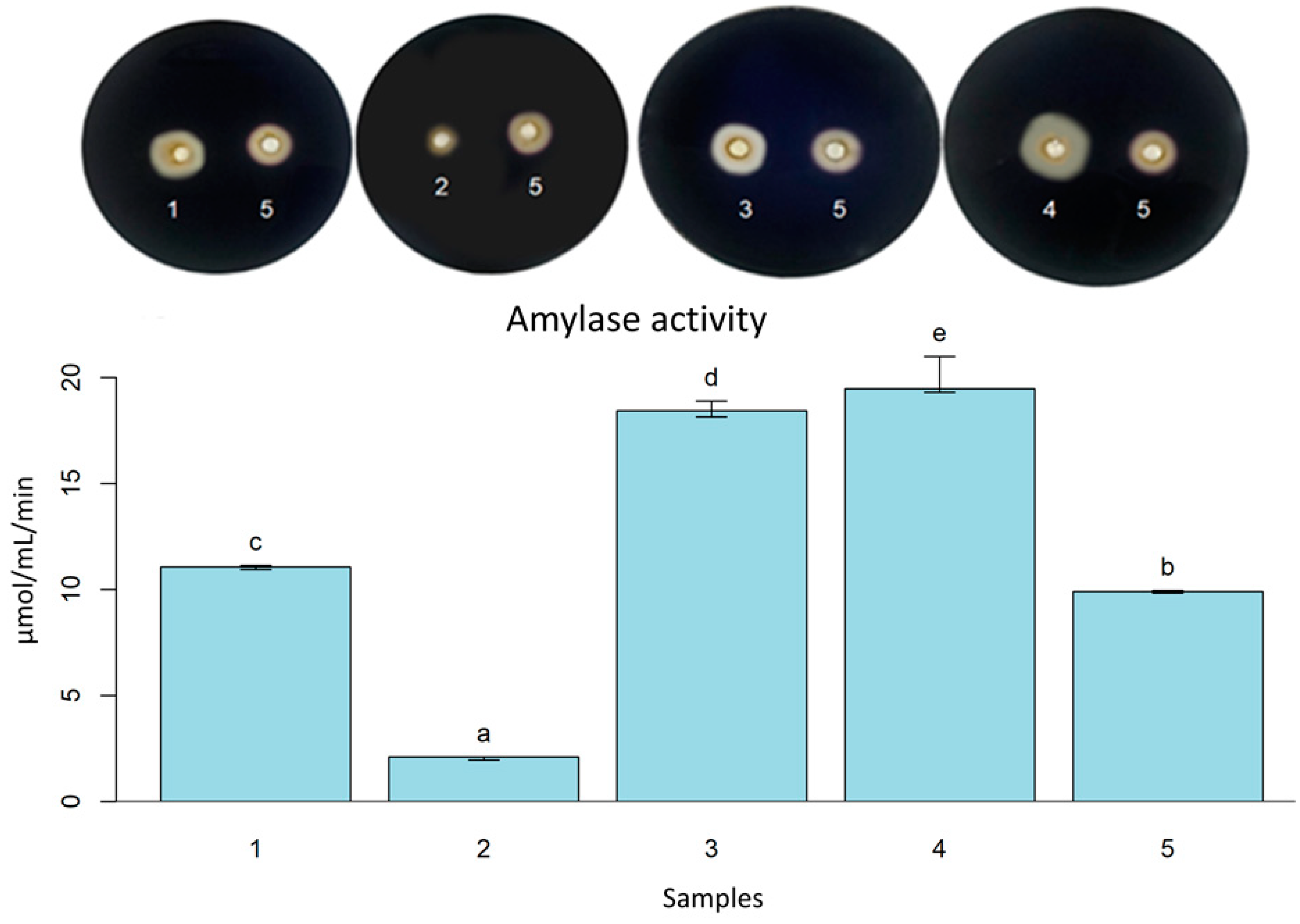
Fermentation, Free Full-Text, click desenvolvimento aec entrar
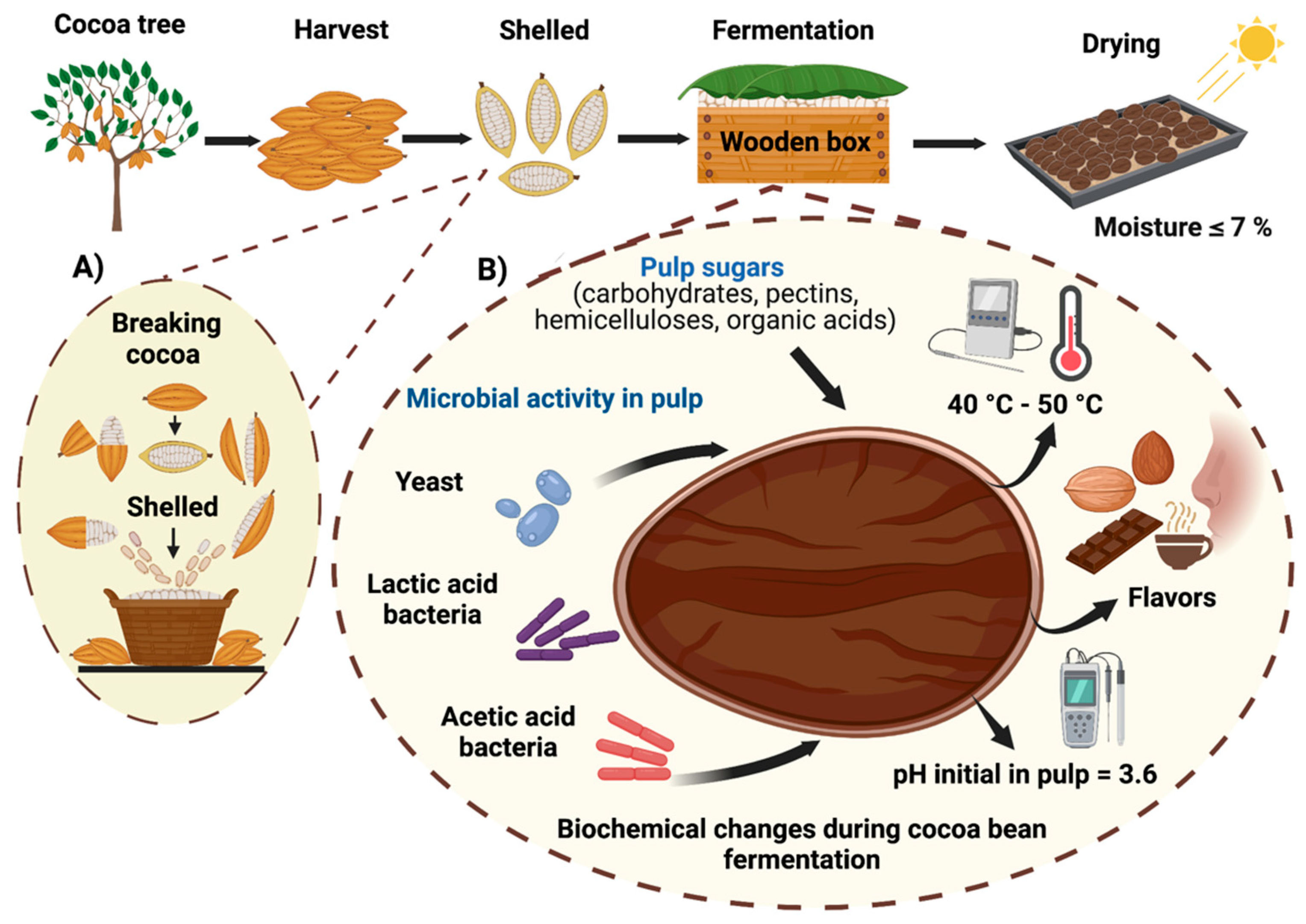
Fermentation, Free Full-Text

Craft A Brew - Lalvin ICV-D47 Wine Yeast - Dry Wine
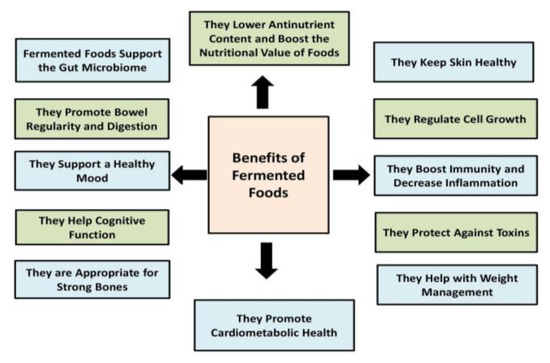
Principles Of Fermentation Technology Free Download - Colaboratory
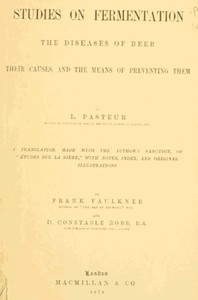
Studies on Fermentation by Louis Pasteur

A New Model of Alcoholic Fermentation under a Byproduct Inhibitory





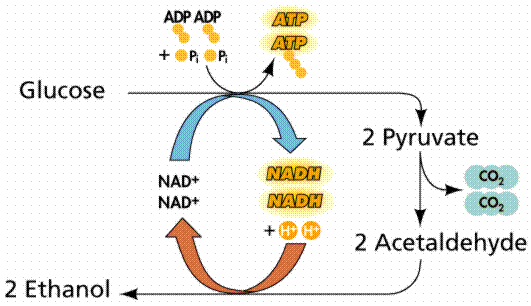

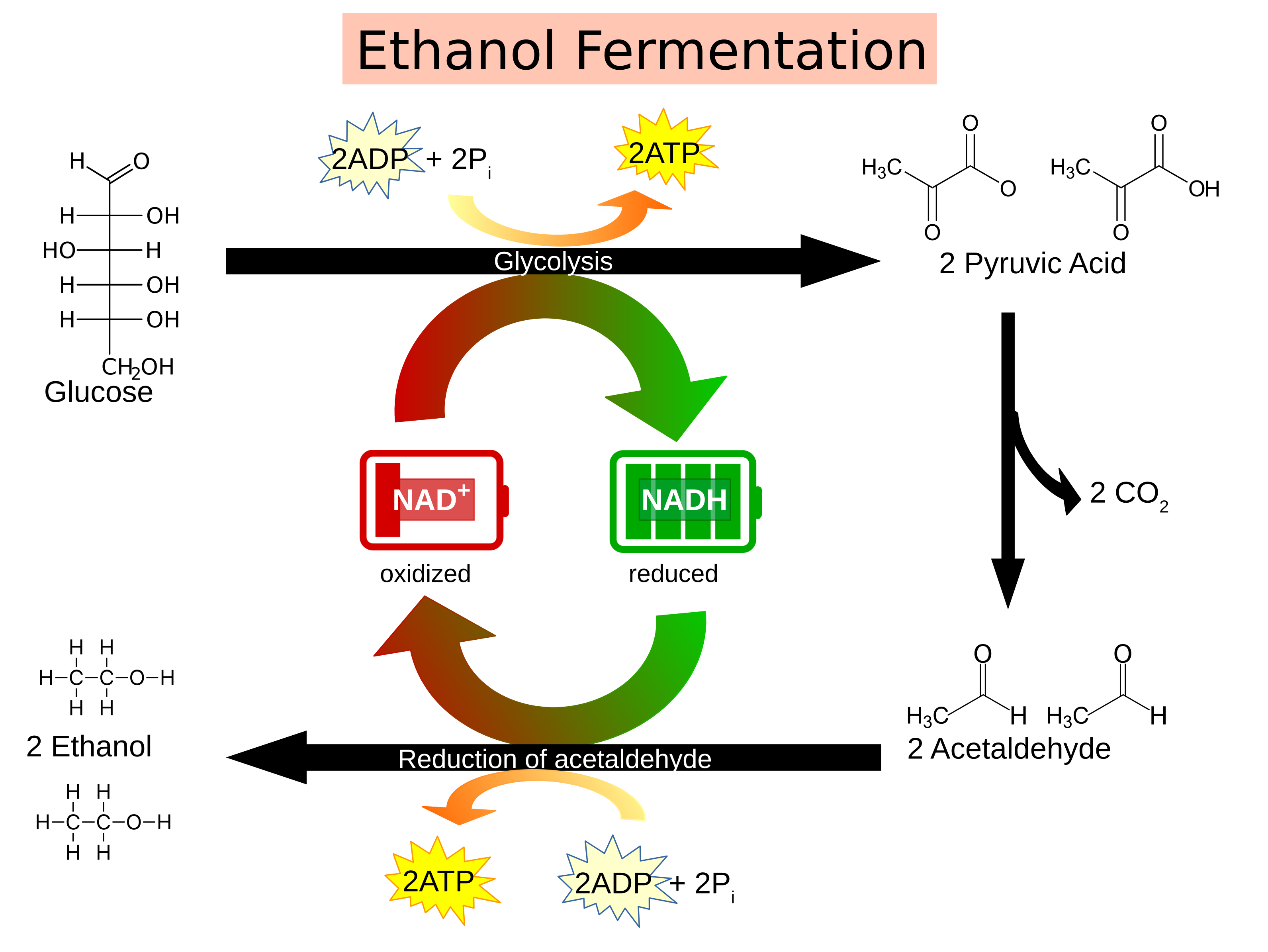
:max_bytes(150000):strip_icc()/__opt__aboutcom__coeus__resources__content_migration__serious_eats__seriouseats.com__images__2017__08__20170808-preservation-acid-pickling-vicky-wasik-15-a6aae9ca7d55441db77d393d4148757a.jpg)
